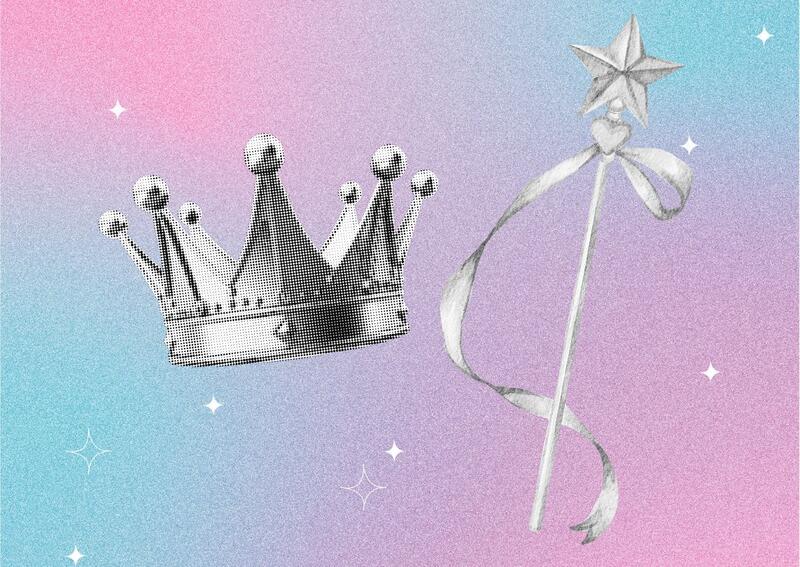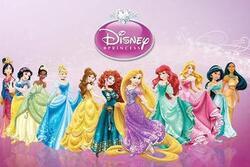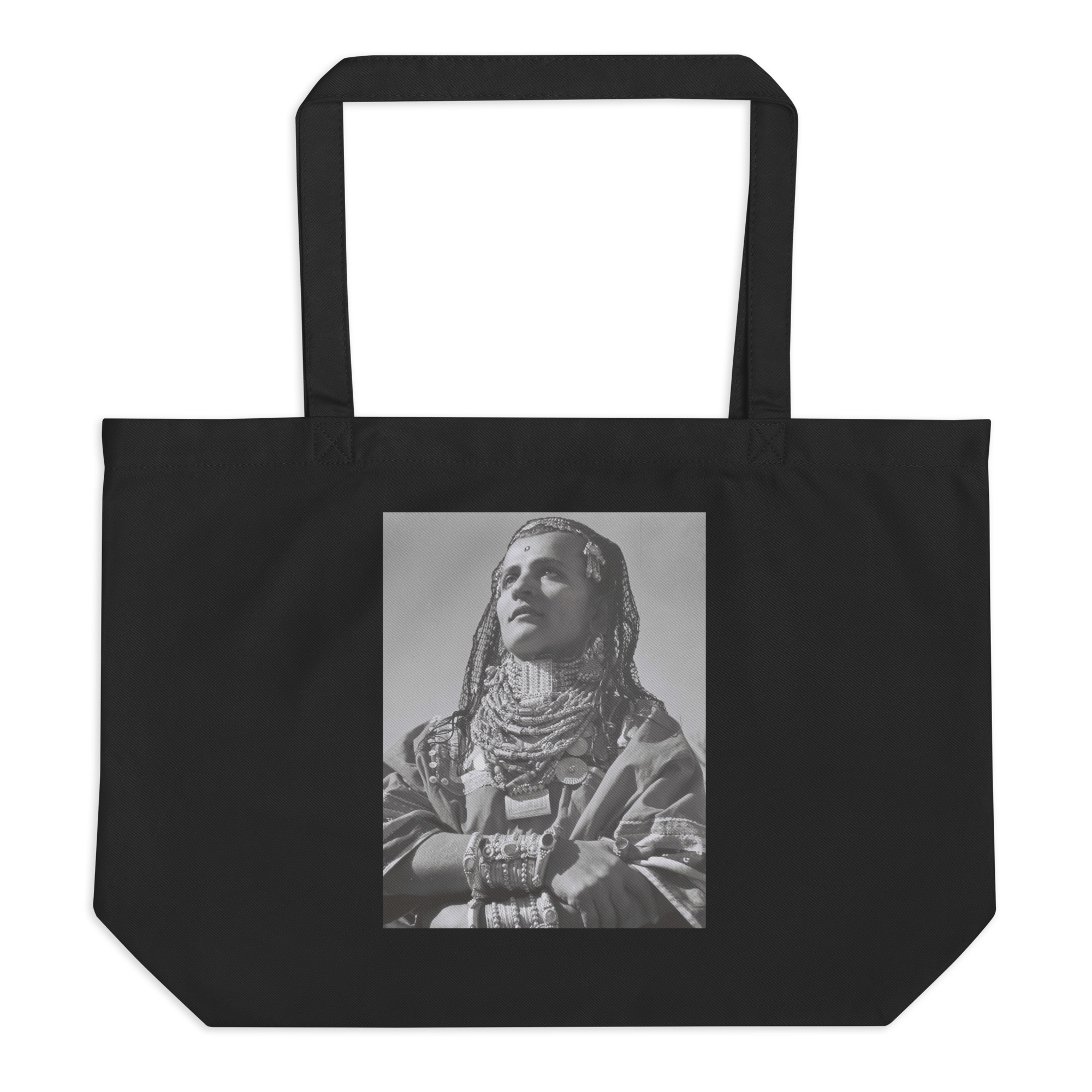What Does a Princess Really Look Like?
My two sisters and I waltzed into our parents’ room on Purim day, flaunting our glistening princess costumes and their matching accessories. We peered into the bathroom mirror and locked eyes with the three princesses staring back—Sleeping Beauty, Elsa, and Belle. Holding Sleeping Beauty's gaze, I retrieved a shimmery tube of lip gloss from my heart-shaped purse and applied it, rather messily, to my lips. My youngest sister whipped around to face me, “I want some lip gloss! Can you make me look like a princess, too?!” she exclaimed. As I attempted to spread the lip gloss on her pursed lips, my mother entered the room and gushed: “You three look like princesses!”
But what, exactly, does a princess look like? According to many Disney films, being a princess means possessing stereotypically “beautiful” traits—a tiny waist, a small, button-like nose, large eyes and breasts, and light skin. However, as I, and millions of other young girls came to realize, the characteristics of our cherished heroines are extremely unrealistic. Take characters like Jasmine, Elsa, and Tiana who have an eye span that is noticeably wider than their waistlines. Other characters like Ariel wear revealing clothing that further highlights their implausible hourglass figures. With a majority of their princesses exhibiting these exaggerated features, Disney ultimately perpetuates the idea that to be a princess, one must embody a super-human form of beauty.
While Disney creators painted their princesses as the epitome of femininity, they assumed a contrasting approach when crafting their villains, who are often depicted with “undesirable” features like a plus-size body, a long or crooked nose, a long chin, or blemished and aged skin. After dissecting the appearances of characters who possess these features, it becomes clear that Disney’s design choices also reflect ethnic and racial stereotypes that draw a greater distinction between villains and princesses.
Mother Gothel from Tangled (2010), for instance, fashions dark curly hair and hooked nose, while Rapunzel flaunts straight, blond hair, light eyes and a tiny nose. Having a larger, hooked nose is stereotypically associated with Jewish people, a notion largely amplified by Nazi propaganda in the 1930s. Conversely, Rapunzel’s features are more fair and more western European in nature. In Aladdin (1992), the evil Jafar is portrayed with darker skin and exaggerated, stereotypical “Arab features” such as an ethnic accent and a more prominent nose, contrasting sharply with the fairer skin, American accent, and smaller noses of the heroes, Jasmine and Aladdin. Furthermore, in a society where Western media has promoted thinness as the beauty standard, the creators of the Little Mermaid (1989) differentiated between characters by depicting the antagonist, Ursula, with a plus-size body while lending the heroine, Ariel, a miniscule waist. By constantly associating ethnic characteristics or traits that contrast beauty standards with villainy and linking “beautiful” qualities to their beloved princesses, Disney projects a troubling message: to lie outside of the norm is to be evil.
As formative, childhood films, Disney movies–and their exaggerated depictions of characters–can have a significant influence on their young viewers. This was the focus of a study published in Child Development titled Pretty as a Princess, (Coyne et al., 2016) which explored the impact of Disney Princess media on gender stereotypes and body image. While the authors did not find a relationship between princess engagement and poor body esteem, they note that exposure to thinness in the media has been associated with a decrease in body image for women. Despite not finding a direct correlation, the authors of “Pretty as a Princess” addressed the limitations that may have influenced their results (age, diversity of sample, etc.) and continued to emphasize the potential harmful effects of princess media on children’s body image.
Although its past films contained problematic elements, Disney has made significant strides to improve diversity in its more recent releases. Films like Moana (2016), Encanto (2021), and Turning Red (2022) feature characters with more realistic body types from a wider range of cultures and ethnicities. Additionally, Disney has introduced disclaimers on some older films that contain racist or ethnic stereotypes, acknowledging that while they cannot change the past, they can recognize and learn from its detrimental impact, and then work toward crafting a more inclusive future.
When I was younger, my definition of a princess was constrained within the stereotypical traits that I believed to be “beautiful.” However, my perspective has evolved with time. I’ve come to understand that being a princess isn’t about conforming to these narrow standards of beauty—it’s about embracing the unique and empowering beauty of being yourself. This doesn’t mean that it’s wrong to enjoy being “girly” or “feminine,” or to love dressing up as Sleeping Beauty and applying shimmery pink lip gloss. It simply means that being a princess means being confident in your own skin and beautiful not because you fit a specific image, but because you embrace your flaws, quirks, and differences. If you can accomplish that, then, in my mind, you really do look like a princess.
This piece was written as part of JWA’s Rising Voices Fellowship.







